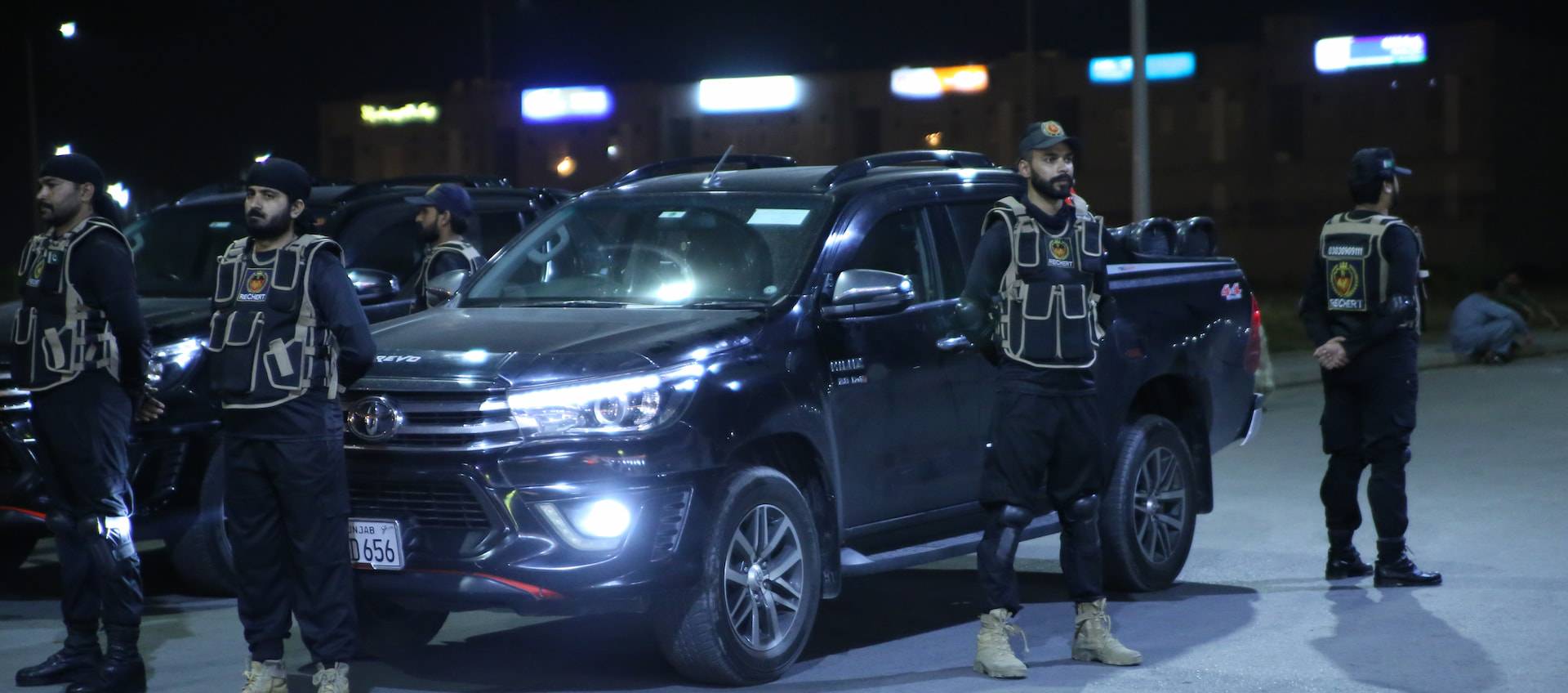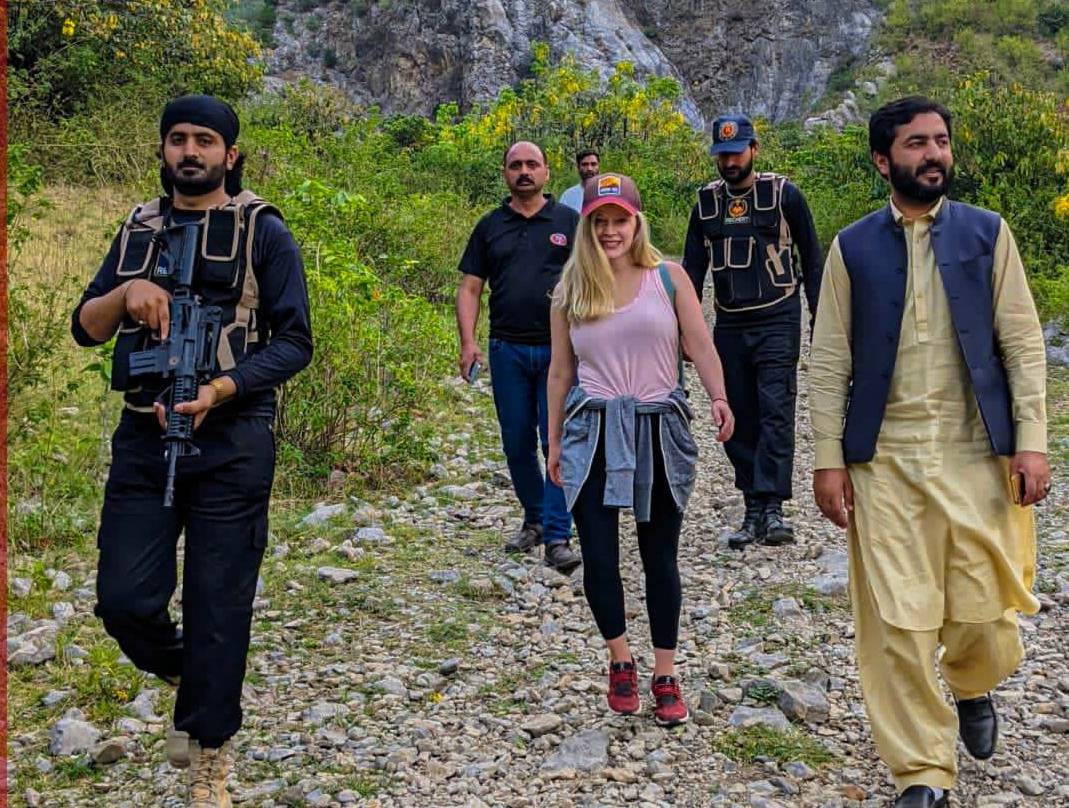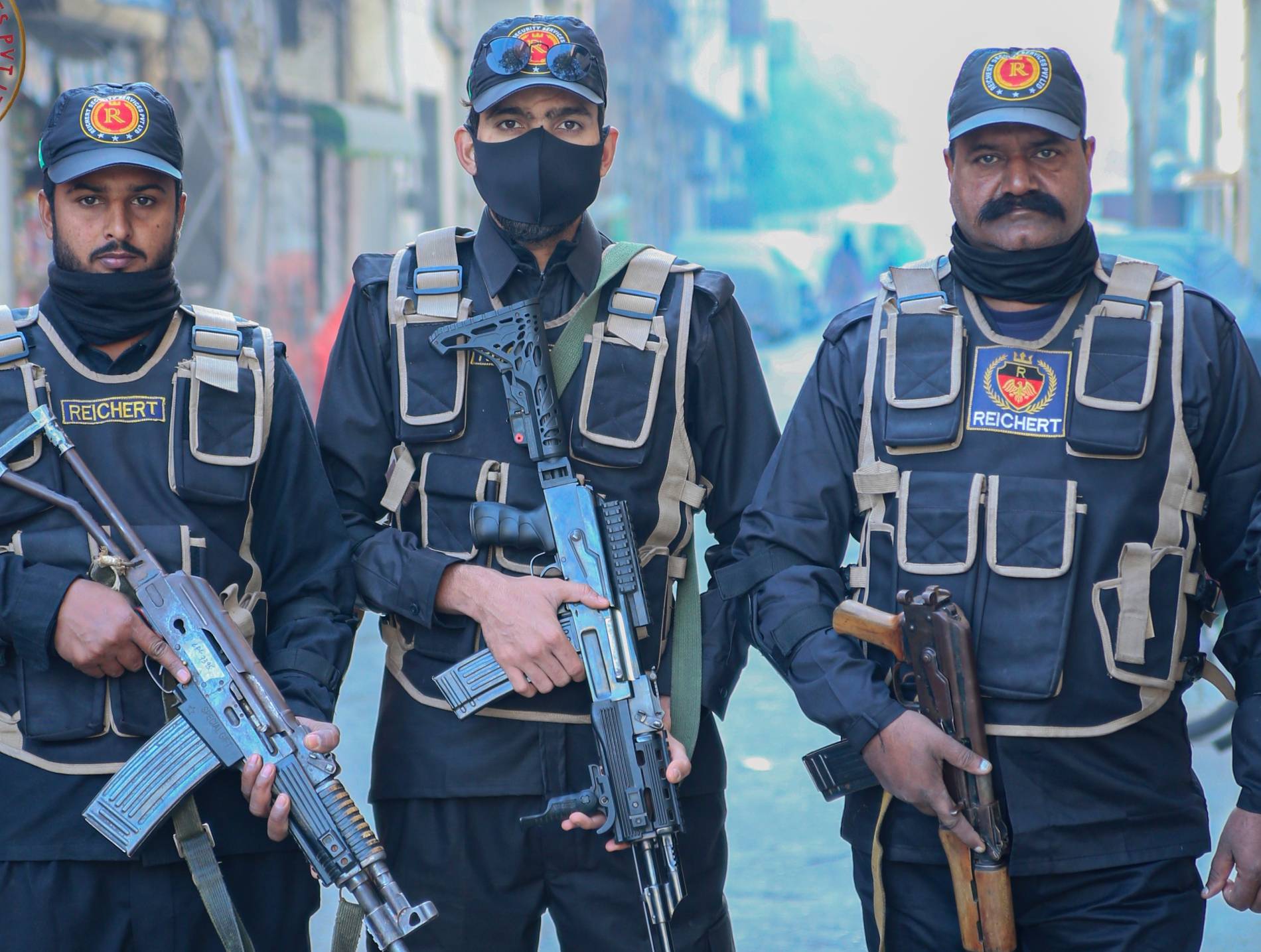Zimbabwe Country Report
Zimbabwe’s political, economic, and security landscape has improved since November 2017, when President Robert Mugabe stepped down after 37 years in what appeared to be a new political era. The country’s new leader, former vice president Emmerson Mnangagwa, faces a major challenge in reversing years of fiscal mismanagement and widespread corruption, unable to prevent hyperinflation and an economic crisis.
Since coming to power, Mnangagwa has consolidated his leadership and control over ZANU-PF. He managed to oust Constantino Chiyonga, one of the conspirators in Robert Mugabe’s ouster and eager successor, and make himself the party’s uncontested leader. Mr Mnangagwa narrowly won the 2018 and 2023 general elections against main opposition rival Nelson Chamisa of the Citizens Coalition for Change (CCC). While the 2018 polls showed intense conflict and deadly violence, particularly in Harare, the 2023 election is expected to be relatively peaceful despite allegations of fraud by opposition parties and criticism from international observers. Vote. He won a two-thirds majority in the parliament.
Zimbabwe’s infrastructure was historically well-developed, but due to years of neglect, much of it is now falling into disrepair. There are regular power outages of up to 18 hours a day, and the country’s economic crisis has left its electricity and communications infrastructure severely underfunded. Urban areas and main national roads are more developed than country roads, but driving conditions are dangerous, especially during the rainy season.
Violent and non-violent crime is common in Zimbabwe and has been on the rise in recent years as it faces a deteriorating economic situation characterized by the widespread collapse of the formal economic sector. It is known that thieves operate in urban centers of the country, especially in crowded areas. However, police resources and response capabilities are generally limited, and the capacity of police officers to respond to specific criminal cases is low.
Zimbabwe also has many riots over various political, economic, and labor issues, especially in Harare, Bulawayo, and other major urban centers. Demonstrations, especially those organized by opposition groups, are often suppressed by security forces using batons, tear gas, and live bullets.
Last updated: September 1, 2023
Security
Zimbabwe has experienced frequent civil unrest in recent years as it struggles to cope with a deteriorating economy, high unemployment, shortages of basic goods, and growing opposition to the ruling ZANU-PF party. Large political demonstrations occasionally occur in Harare and Bulawayo. Many of these demonstrations, especially those organized by the CCC, have been met with aggressive responses from both security forces and ZANU-PF members.
High levels of violent and non-violent criminal activity in Zimbabwe, which has increased in recent years due to deteriorating economic conditions and foreign tourists being targeted due to the perceived relative wealth there. Although the level of criminal activity is generally higher in the country’s major urban centers, car theft, and other incidents occur more frequently in rural areas.
Last updated: July 5, 2023
Infrastructure
Regulatory oversight of Zimbabwe’s aviation industry is considered to be in line with international standards. However, domestic air travel is regularly disrupted, with the country’s national carrier, Air Zimbabwe, banned from operating in the European Union over concerns about its compliance with international safety standards.
Overland travel also carries many risks associated with poor road conditions and erratic driving by some local road users.
Since independence, Zimbabwe’s infrastructure has remained largely unchanged and unmaintained due to economic crisis and widespread mismanagement. This particularly affects the electricity infrastructure. Supply is very limited and erratic, with outages regularly exceeding 18 hours a day. This is the result of a lack of infrastructure, an old, low-quality power plant, and reliance on Kariba Dam hydropower, which suffers from frequent droughts. This compromises the functionality of communication devices, the availability of public transport, road safety, and security protocols.
In addition, the government has also struggled in recent years to develop the country’s telecommunications infrastructure, with little progress in internet access and speed, and reliable mobile network coverage limited to some major cities and limited to the ministry.
Last updated: July 5, 2023
Environment
Zimbabwe’s climate varies across the country, with the central and northern regions usually wetter than the semi-arid south and west. The country has a hot rainy season from November to March and a cool dry season from April to October. Zimbabwe is also located in a region of high seismic activity, with occasional earthquakes, particularly along the northern border with Zambia. However, earthquakes are usually of moderate intensity and usually do not cause significant damage or loss of life. The country is also prone to severe flooding during the rainy season. Conversely, periodic droughts often have significant effects on food security.
Last updated: March 17, 2022
Health and Medical
Zimbabwe is prone to many diseases such as malaria, chikungunya, measles, and cholera. Although there are adequate medical facilities in Harare and Bulawayo, many procedures often require medical evacuation due to lack of manpower, high costs, and absence of specialists. Drug resources are irregular and prone to shortages in the country and have destructive effects on public hospitals. Municipal water supplies are often unreliable and prone to contamination, and although hotels of international standards maintain clean water supplies, we strongly recommend bottled water.
Last updated: September 14, 2022
Political
Zimbabwe’s political climate worsened in November 2017 when Robert Mugabe became president for 37 years after his attempt to put his wife, Grace, in line to succeed him sparked backlash in ZANU-PF and the military. Forced to resign Mugabe’s ouster comes amid growing public anger over years of dire economic conditions and a restrictive political climate ahead of 2018 elections. Mugabe was replaced by former Vice President Emmerson Mnangagwa, who was initially thought to be Mugabe’s successor. He was a possible successor to Grace Mugabe before clashing with the president over the position.
Despite the change in leadership, little has changed in the governance of Zimbabwe. Widespread misgovernance, high levels of corruption, skyrocketing inflation, and the same heavy-handed repression of political opposition seen under Mugabe’s administration continues to be practiced by Mnangagwa’s administration. The rebels, led by Nelson Chamisa and the CCC, appear to be growing, particularly in urban areas and Zimbabwe’s foreign population, but polls have not proven their ability to challenge ZANU-PF. The president was elected twice amid strong suspicions of voter fraud. Mnangagwa won the 2018 presidential election by a much narrower margin than the congressional polls, but was tainted by allegations of electoral fraud by Nelson Chamisa, who claimed to have won. Clashes broke out between opposition supporters and security forces that left at least six dead and wounded. In 2023, Chamisa mounted a second challenge to Mnangagwa, but although he did not experience deadly violence in Zimbabwe, he lost by a wider margin amid renewed claims of opposition censorship.
After Zimbabwe’s independence in 1979, the ruling party implemented a massive land reform program aimed at redistributing white farms to previously dispossessed blacks. A new constitution passed in 2000 gave the government the power to expropriate land without compensation, opening the door to violent and often deadly land grabs. Then, following further allegations of serious human rights abuses and election fraud in 2002, the United States and the European Union imposed targeted sanctions against Zimbabweans and companies associated with the ruling party. These sanctions generally prevent US and European companies from doing business with or doing business with sanctioned individuals.
The country has been in an ongoing economic crisis since independence due to weak monetary policy, forcing the government to abandon the Zimbabwean dollar in 2009. Subsequently, the government relied on mixed foreign currencies such as the US dollar, the South African rand and the British dollar. The pound and domestically printed bonds are officially pegged to the US dollar. The government re-introduced its currency in 2019 through a new “RTGS dollar” with a market-fixed exchange rate. This will not solve hyperinflation, which is expected to increase by more than 240 percent in 2022, according to the Reserve Bank of Zimbabwe (RBZ). In addition, the US dollar and the South African rand continued to be Zimbabwe’s currency of choice, particularly in the black market.
In an effort to limit the amount of foreign currency, the RBZ began minting $20 billion worth of gold coins in July 2022 to provide an alternative domestic currency to the RTGS dollar. And in May 2023, the RBZ launched a digital gold token sale to further encourage domestic digital investment. However, these policies all constitute disguised expansionary fiscal policies and more money printing and do not reduce the high risk of another hyperinflationary crisis. In March 2023, the RBZ introduced a new method of calculating inflation that combines the inflation rate of the US dollar and the Zimbabwean dollar into one statistic to hide the depreciation of the domestic currency. In general, the US dollar is the most stable form of payment in the country.
Last updated: September 1, 2023















